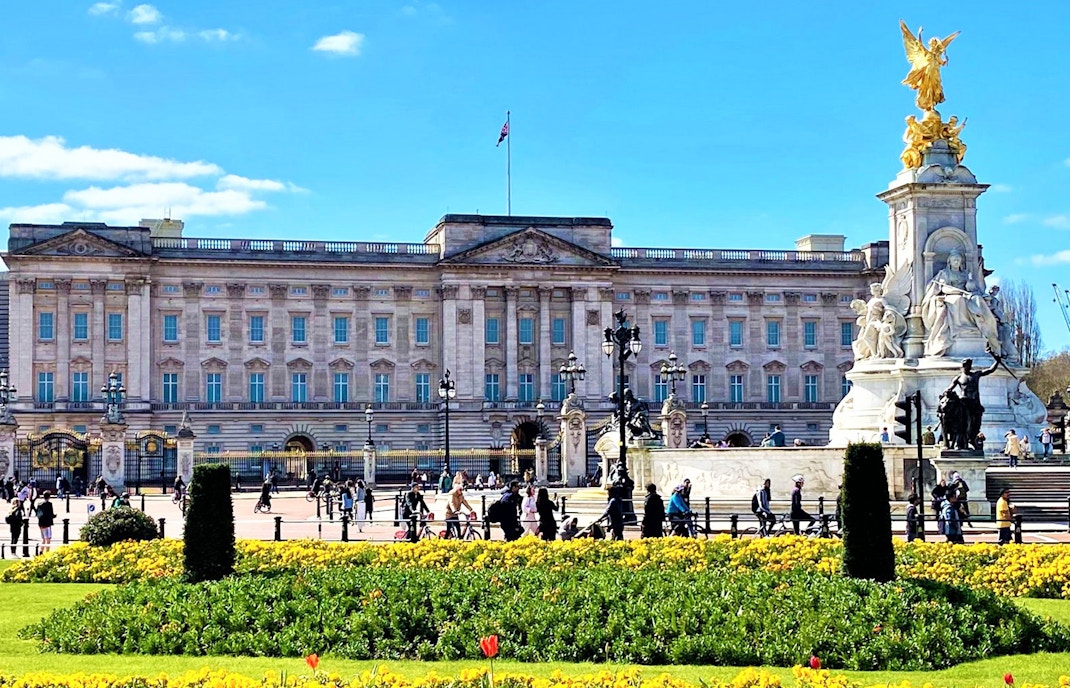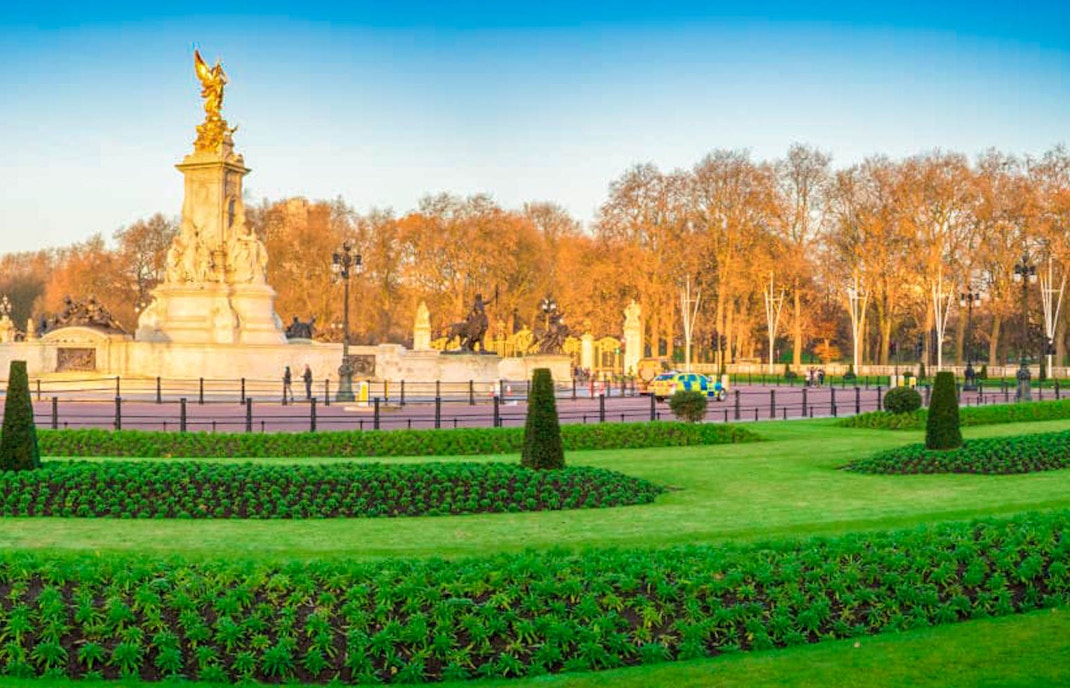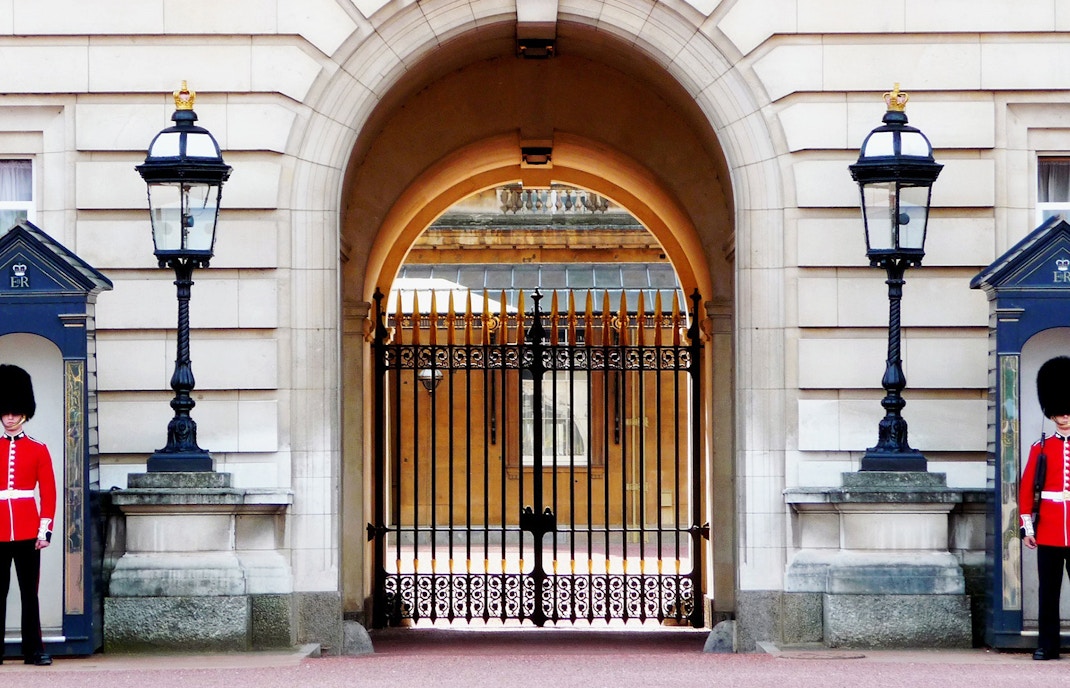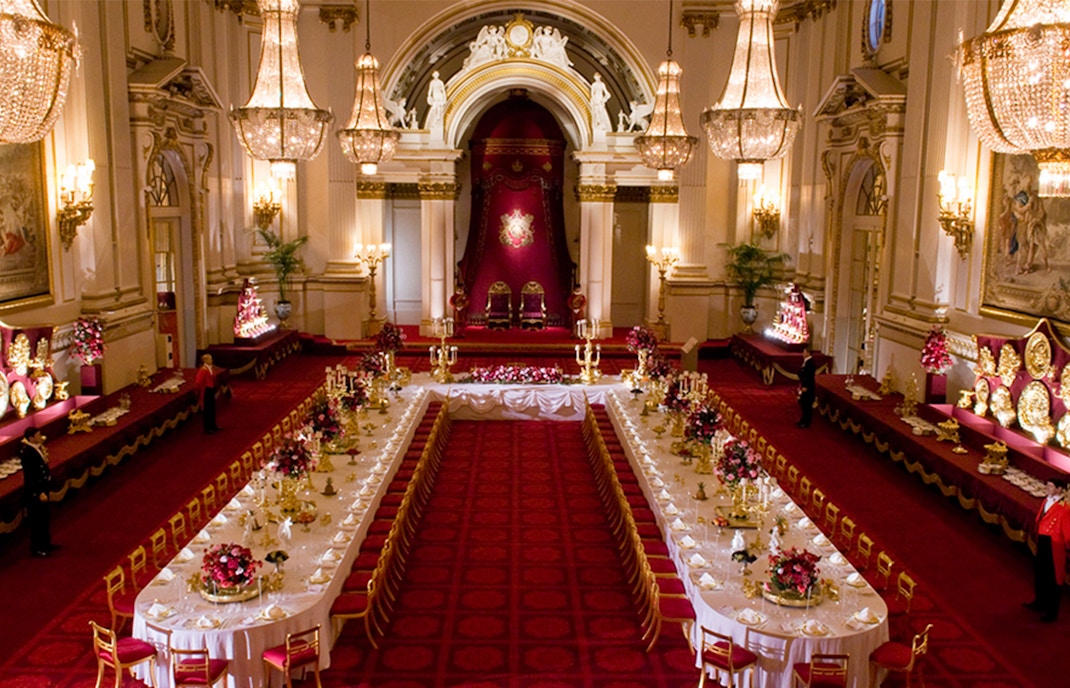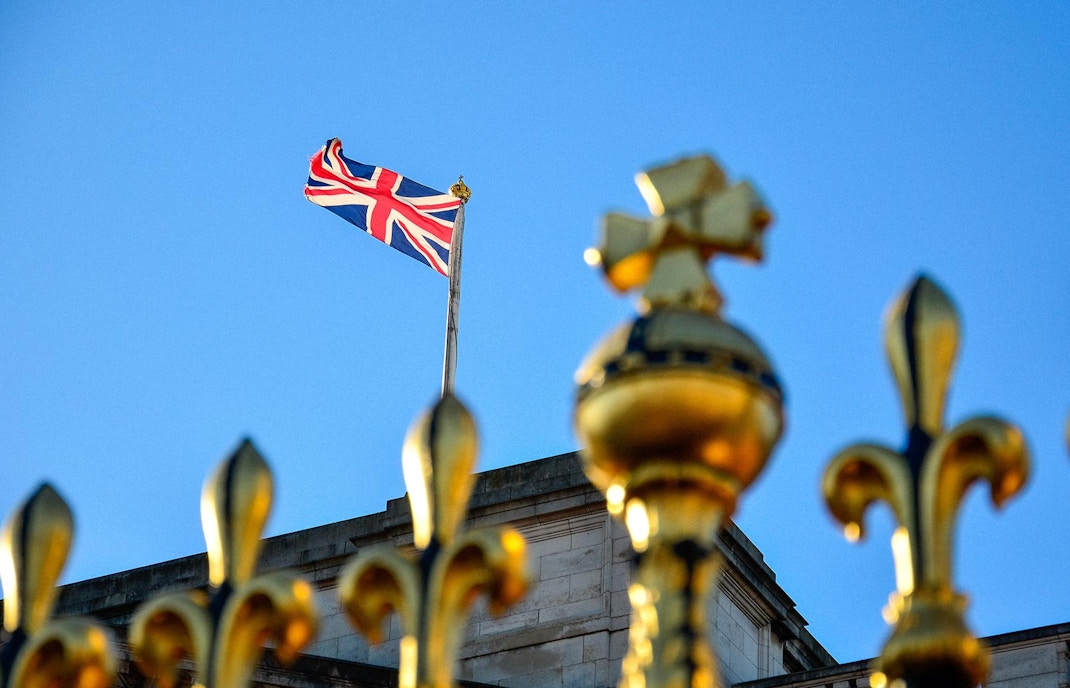Buckingham Palace is synonymous with the kings and queens of England. However, it wasn't actually built by or for them. John Sheffield was the first Duke of Buckingham, holding the post from the start of the 18th century. In 1703, he ordered the demolition of an existing house in Westminster and built a new palace on the same site.
It was called Buckingham House and was later purchased by King George III to provide his family with a private home close to St. James' Palace in 1761. When Queen Victoria took over the throne in 1837, she named Buckingham Palace her official residence.

